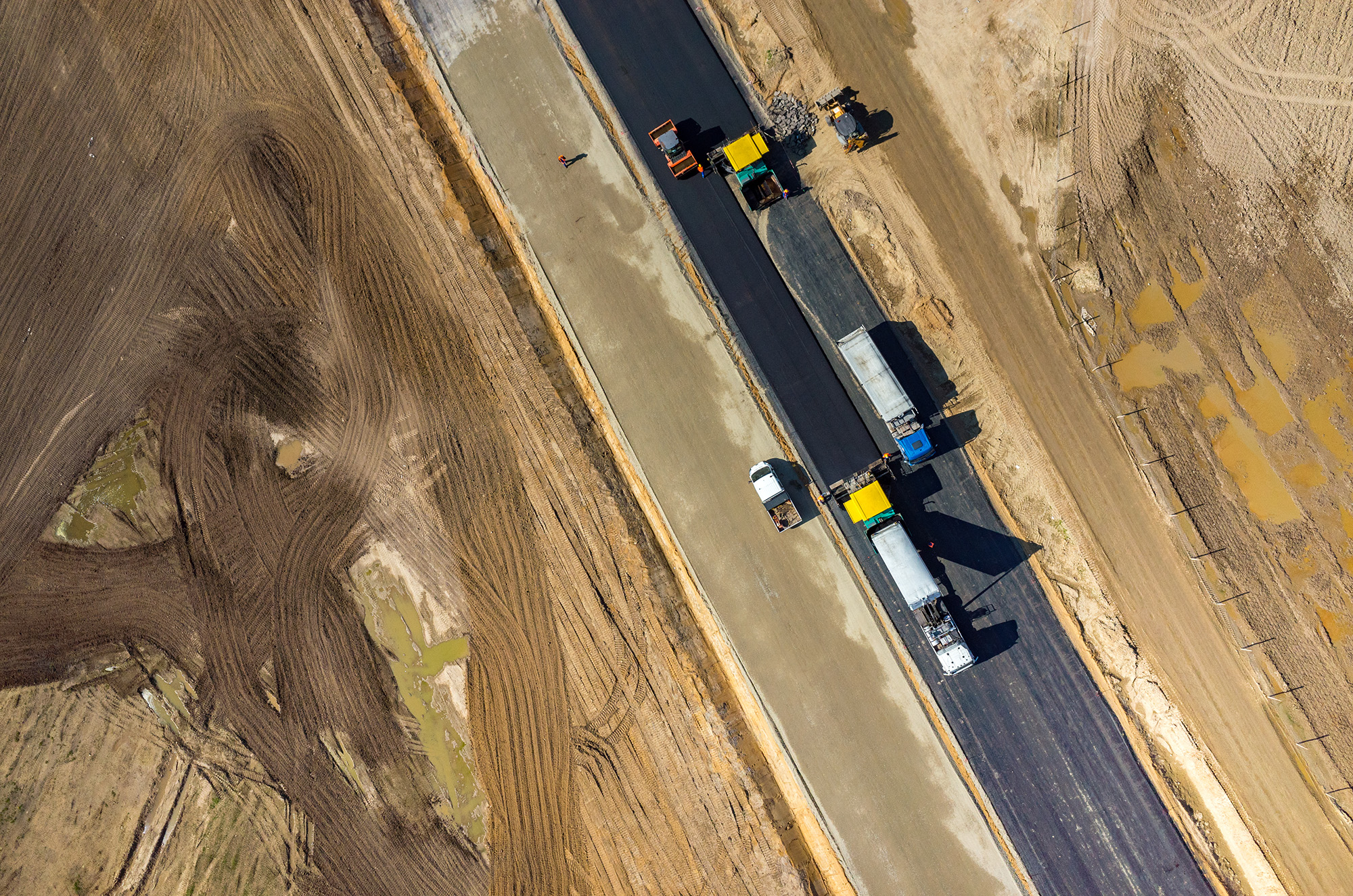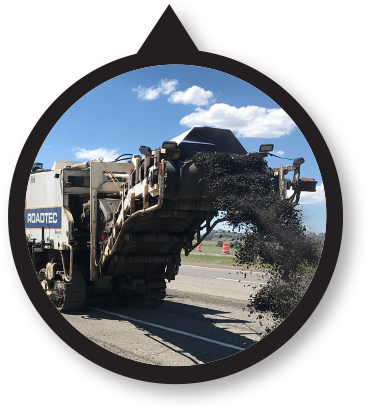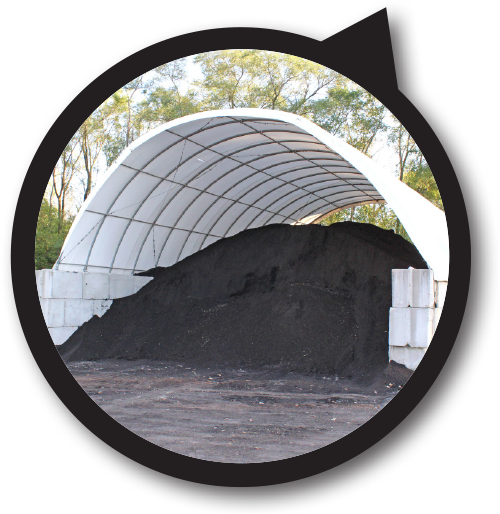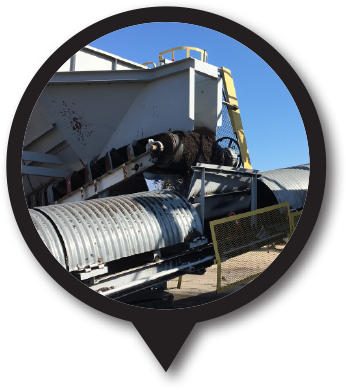

With the increase in the amount of recycled asphalt pavement (RAP) used in modern mix designs, good RAP management practices need to be deployed across the entire production and paving processes to ensure the greatest economic benefit from RAP along with the highest quality of recycled asphalt mix.




